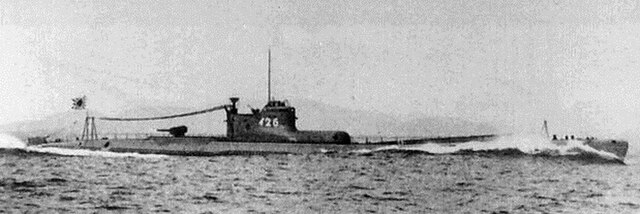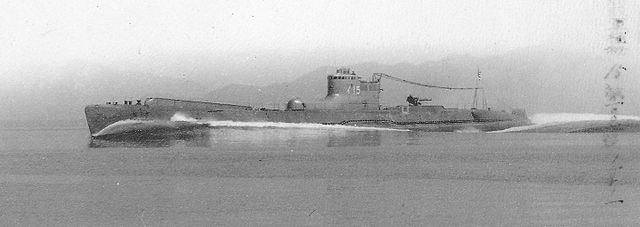The Type B1 submarine , also called I-15-class submarine was the first group of boats of the Type B cruiser submarines built for the Imperial Japanese Navy (IJN) during the 1940s. In total 20 were built, starting with I-15, which gave the series their alternative name.
I-26
Japanese B1-type I-15 submarine on initial sea trials 15 September 1940 with integral aircraft hangar visible
A cruiser submarine was a very large submarine designed to remain at sea for extended periods in areas distant from base facilities. Their role was analogous to surface cruisers; 'cruising' distant waters, commerce raiding, and otherwise operating independently. When operating within a fleet, cruisers and cruiser submarines could be expected to scout for and screen the battle fleet. Cruiser submarines were successful for a brief period of World War I, but were less successful than smaller submarines during World War II. Large submarines remained vulnerable to damage from defensively equipped merchant ships (DEMS), were slow to dive if found by aircraft, offered a large sonar echo surface, and were less able to defensively maneuver during depth charge attacks.
Surcouf had the largest guns of any cruiser submarine.



